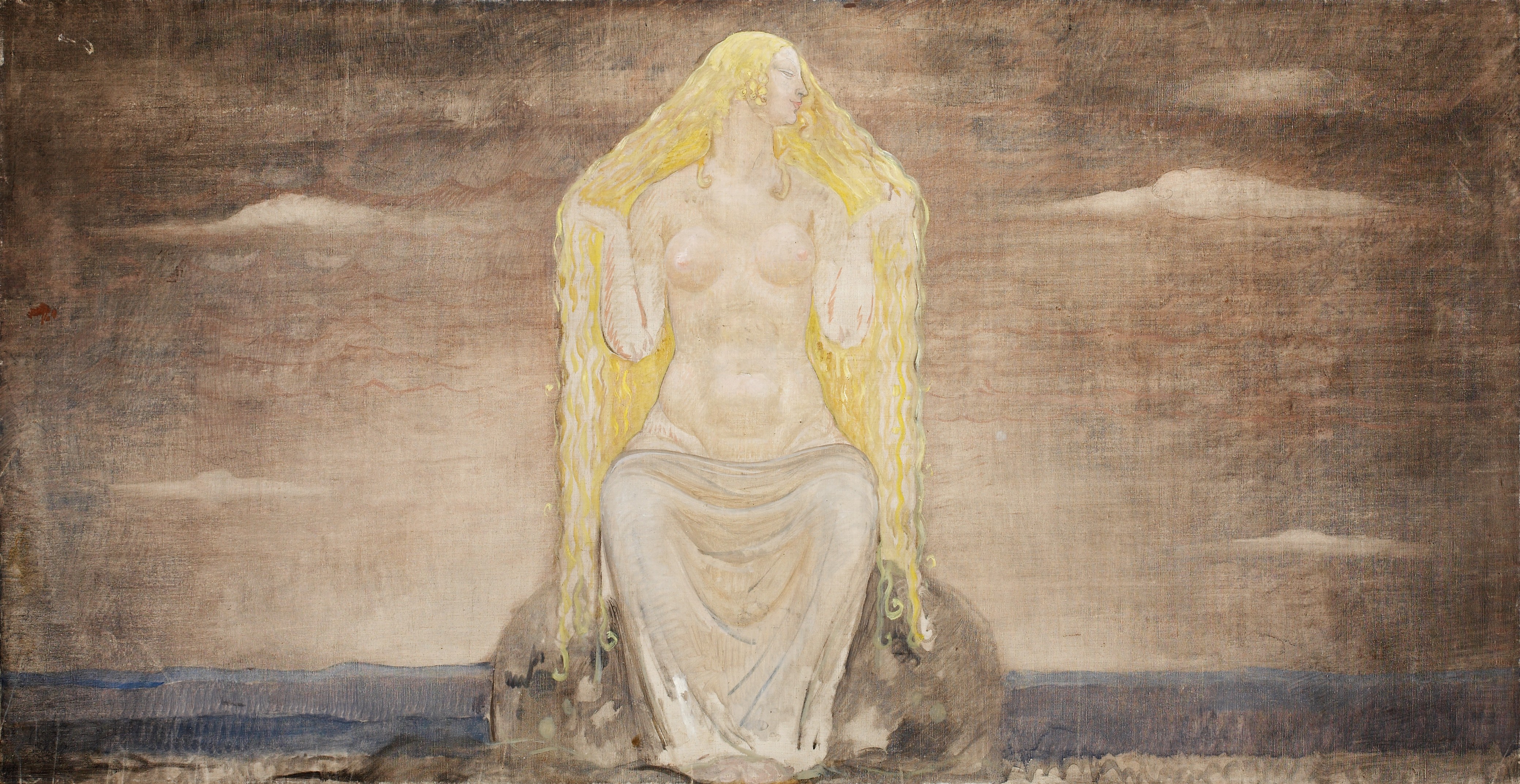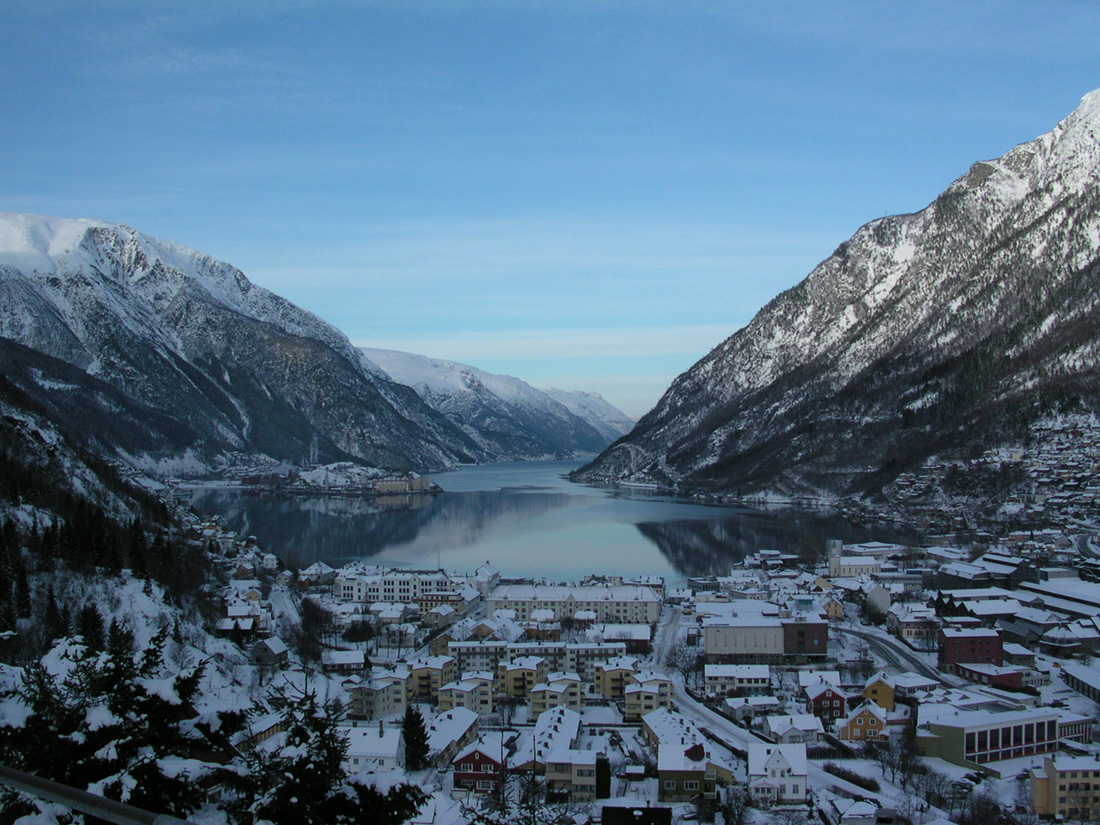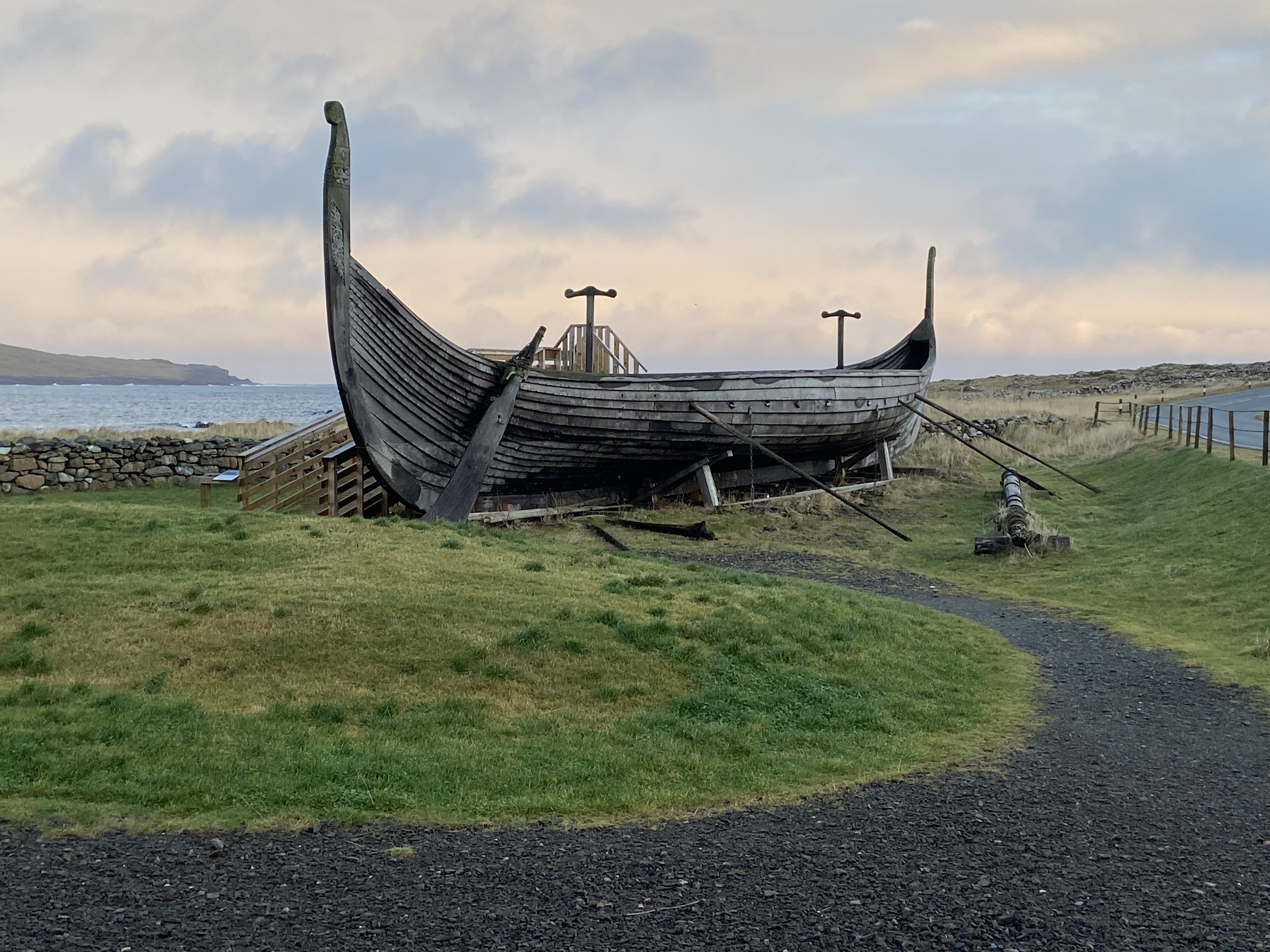|
Vanaheimr
In Norse cosmology, Vanaheimr (Old Norse for 'home of the Vanir'Byock (2005:158).) is a location associated with the Vanir, a group of gods themselves associated with fertility, wisdom, and the precognition, ability to see the future. Vanaheimr is attested in the ''Poetic Edda''; compiled in the 13th century from earlier traditional sources, and the ''Prose Edda'' and (in euhemerized form) ''Heimskringla''; both written in the 13th century by Snorri Sturluson. In the ''Poetic Edda'' and the ''Prose Edda'', Vanaheimr is described as the location where the god Njörðr was raised. Attestations Vanaheimr is mentioned a single time in the ''Poetic Edda''; in a stanza of the poem ''Vafþrúðnismál''. In ''Vafþrúðnismál'', List of names of Odin, Gagnráðr (the god Odin in disguise) engages in a game of wits with the jötunn Vafþrúðnir. Gagnráðr asks Vafþrúðnir whence the Van god Njörðr came, for, though he rules over many Heathen hofs, hofs and hörgrs, Njörðr was no ... [...More Info...] [...Related Items...] OR: [Wikipedia] [Google] [Baidu] |
Vanir
In Norse mythology, the Vanir (; Old Norse:, singular Vanr) are a group of gods associated with fertility, wisdom, and the ability to see the future. The Vanir are one of two groups of gods (the other being the Æsir) and are the namesake of the location Vanaheimr (Old Norse "Home of the Vanir"). After the Æsir–Vanir War, the Vanir became a subgroup of the Æsir. Subsequently, at least some members of the Vanir are at times also referred to as being Æsir. The Vanir are attested in the ''Poetic Edda'', compiled in the 13th century from earlier traditional sources; the ''Prose Edda'' and ''Heimskringla'', both written in the 13th century by Snorri Sturluson; and in the poetry of skalds. The Vanir are only attested in these Old Norse sources. All sources describe the god Njörðr, and his children Freyr and Freyja as members of the Vanir. A euhemerism, euhemerized prose account in ''Heimskringla'' adds that Sister-wife of Njörðr, Njörðr's sister—whose name is not provided� ... [...More Info...] [...Related Items...] OR: [Wikipedia] [Google] [Baidu] |
Sveigðir
Sveigðir, ''Sveigder'' or ''Swegde'' (Old Norse "Waving One"McKinnell (2005:70).) was a Sweden, Swedish monarch, king of the House of Yngling in Norse mythology. He was the son of Fjölner, whom he succeeded as king, and he married Vana of Vanaheimr, probably one of the Vanir. Lured by a norse dwarves, dwarf, Sveigðir disappeared into a stone and never came back. He was succeeded by his son Vanlandi. Attestations Snorri Sturluson wrote of Sveigðir in his ''Ynglinga saga'' (1225): Snorri also quoted some lines from ''Ynglingatal'' composed in the 9th century: The ''Historia Norwegiæ'' presents a Latin summary of ''Ynglingatal'' written in the late 12th century and consequently older than Snorri's quotation: The even earlier source ''Íslendingabók'' from the early 12th century, cites the line of descent in ''Ynglingatal'' and also gives Svegðir as the successor of Fjölnir and the predecessor of Vanlandi: ''iiii Fjölnir. sá er dó at Friðfróða. v Svegðir. vi Vanl ... [...More Info...] [...Related Items...] OR: [Wikipedia] [Google] [Baidu] |
Njörðr
In Norse mythology, Njörðr (Old Norse: ) is a god among the Vanir. Njörðr, father of the deities Freyr and Freyja by Sister-wife of Njörðr, his unnamed sister, was in an ill-fated marriage with the goddess Skaði, lives in Nóatún (mythology), Nóatún and is associated with the sea, seafaring, wind, fishing, wealth, and crop fertility. Njörðr is attested in the ''Poetic Edda'', compiled in the 13th century from earlier traditional sources, the ''Prose Edda'', written in the 13th century by Snorri Sturluson, in euhemerized form as a beloved mythological early king of Sweden in ''Heimskringla'', also written by Snorri Sturluson in the 13th century, as one of three gods invoked in the 14th century ''Hauksbók'' Almáttki áss, ring oath, and in numerous Scandinavian toponymy, place names. Veneration of Njörðr survived into the 18th or 19th century Norway, Norwegian folk practice, where the god is recorded as Njor and thanked for a bountiful catch of fish. Njörðr has ... [...More Info...] [...Related Items...] OR: [Wikipedia] [Google] [Baidu] |
Norse Cosmology
Norse cosmology is the account of the universe and its laws by the ancient North Germanic peoples. The topic encompasses concepts from Norse mythology and Old Norse religion such as notations of time and space, cosmogony, personifications, anthropogeny, and eschatology. Like other aspects of Norse mythology, these concepts are primarily recorded from earlier oral sources in the ''Poetic Edda'', a collection of poems compiled in the 13th century, and the ''Prose Edda'', attributed to the Icelander Snorri Sturluson in the 13th century. Together these sources depict an image of Nine Worlds around a cosmic tree, Yggdrasil. Time and space Concepts of time and space play a major role in the Old Norse corpus's presentation of Norse cosmology. While events in Norse mythology describe a somewhat linear progression, various scholars in ancient Germanic studies note that Old Norse texts may imply or directly describe a fundamental belief in cyclic time. According to scholar John Lindow, ... [...More Info...] [...Related Items...] OR: [Wikipedia] [Google] [Baidu] |
Heimskringla
() is the best known of the Old Norse kings' sagas. It was written in Old Norse in Iceland. While authorship of ''Heimskringla'' is nowhere attributed, some scholars assume it is written by the Icelandic poet and historian Snorri Sturluson (1178/79–1241) 1230. The title was first used in the 17th century, derived from the first two words of one of the manuscripts (''kringla heimsins'', "the circle of the world"). is a collection of sagas about Swedish and Norwegian kings, beginning with the saga of the legendary Swedish dynasty of the Ynglings, followed by accounts of historical Norwegian rulers from Harald Fairhair of the 9th century up to the death of the pretender Eystein Meyla in 1177. Some of the exact sources of ''Heimskringla'' are disputed, but they include earlier kings' sagas, such as Morkinskinna, Fagrskinna and the 12th-century Norwegian synoptic histories and oral traditions, notably many skaldic poems. The author or authors explicitly name the now lost w ... [...More Info...] [...Related Items...] OR: [Wikipedia] [Google] [Baidu] |
Hœnir
In Norse mythology, Hœnir (also Hǿnir; modern Icelandic , modern Swedish ) is one of the Æsir. He is mentioned in Vǫluspá as one of the three gods (along with Odin and Lóðurr) that created the first humans. Attestations In ''Völuspá'', at the creation of the first human beings, Ask and Embla, Hœnir and Lóðurr help Odin. According to the ''Prose Edda'', Hœnir is said to have given reason to man. In ''Gylfaginning'', Vili and Vé are mentioned instead. As Snorri Sturluson knew ''Völuspá'', it is possible that Hœnir was another name for Vili. Also according to ''Völuspá'', Hœnir was one of the few gods that would survive Ragnarök. In ''Ynglinga saga'', along with Mímir, he went to the Vanir as a hostage to seal a truce after the Æsir-Vanir War. Upon arrival in Vanaheim, Hœnir, described here as large, handsome, and thought of by the vanir well-suited to be a chief, was immediately made chief. There, Hœnir was indecisive and relied on Mímir for all of ... [...More Info...] [...Related Items...] OR: [Wikipedia] [Google] [Baidu] |
Ynglinga Saga
''Ynglinga saga'' ( ) is a Kings' sagas, Kings' saga, originally written in Old Norse by the Icelanders, Icelandic poet and historian Snorri Sturluson about 1225. It is the first section of his ''Heimskringla''. It was first translated into English and published in 1844 by Samuel Laing (travel writer), Samuel Laing. Snorri Sturluson based his work on an earlier ''Ynglingatal'' which is attributed to the Norwegian 9th-century skald Þjóðólfr of Hvinir, and which also appears in ''Historia Norvegiæ, Historia Norwegiae''. It tells the most ancient part of the story of the House of Ynglings (''Scylfings'' in ''Beowulf''). Snorri described the descent of the kings of Norway from this List of Swedish monarchs, royal house of Sweden. ''Ynglinga saga'' is the first part of Snorri's history of the ancient Norse kings, the ''Heimskringla.'' Interwoven in this narrative are references to important historical events. The saga deals with the arrival of the Norse gods to Scandinavia and ... [...More Info...] [...Related Items...] OR: [Wikipedia] [Google] [Baidu] |
Vanlandi
Vanlandi or Vanlande (Old Norse: "Man from the Land of the Vanir")McKinnell (2005:70). was, according to Norse mythology, a Swedish king who ruled at Uppsala as part of the House of Yngling. He was the son of Sveigðir, whom he succeeded as king. Vanlandi married a woman named Drífa from ''Finnland'' but later abandoned her. In retaliation, Drífa sought revenge by enlisting a sorceress to curse him. As a result, Vanlandi was hag-ridden to death. He was succeeded by his son, Visbur. Attestations Snorri Sturluson wrote of Vanlandi in his ''Ynglinga saga'' (1225) (note that the translator has rendered ''Finnland'' as Finland): Snorri also quoted some lines from ''Ynglingatal'' composed in the 9th century: The ''Historia Norwegiæ'' presents a Latin summary of ''Ynglingatal'', older than Snorri's quotation: The even earlier source ''Íslendingabók'' cites the line of descent in ''Ynglingatal'' and also gives Vanlandi as the successor of Svegðir and the predecessor ... [...More Info...] [...Related Items...] OR: [Wikipedia] [Google] [Baidu] |
Euhemerized
In the fields of philosophy and mythography, euhemerism () is an approach to the interpretation of mythology in which mythological accounts are presumed to have originated from real historical events or personages. Euhemerism supposes that historical accounts become myths as they are exaggerated in the retelling, accumulating elaborations and alterations that reflect cultural mores. It was named after the Greek mythographer Euhemerus, who lived in the late 4th century BC. In the more recent literature of myth, such as '' Bulfinch's Mythology'', euhemerism is termed the "historical theory" of mythology. Euhemerus was not the first to attempt to rationalize mythology in historical terms: euhemeristic views are found in earlier writings including those of Sanchuniathon, Xenophanes, Herodotus, Hecataeus of Abdera and Ephorus. However, the enduring influence of Euhemerus upon later thinkers such as the classical poet Ennius (b. 239 BC) and modern author Antoine Banier (b. 1673 AD) ide ... [...More Info...] [...Related Items...] OR: [Wikipedia] [Google] [Baidu] |
Benjamin Thorpe
Benjamin Thorpe (1782 – 19 July 1870) was an English scholar of Old English language, Anglo-Saxon literature. Biography In the early 1820s he worked as a banker in the House of Rothschild, in Paris. There he met Thomas Hodgkin, who treated him for tuberculosis. After studying for four years at Copenhagen University, under the Danish philologist Rasmus Christian Rask, Thorpe returned to England in 1830. In a few years he established a reputation as an Anglo-Saxon scholar. In recognition of unremunerative work, Thorpe was granted a civil list pension of £160 in 1835, and on 17 June 1841 this was increased to £200 per annum. He was a Fellow of the Society of Antiquaries of London, a member of the Royal Academy of Sciences at Munich, and of the Society of Netherlandish Literature at Leyden He died at Chiswick in July 1870. Bibliography In 1830 Thorpe brought out at Copenhagen an English version of Rask's ''Anglo-Saxon Grammar'' (a second edition of this appeared at London). ... [...More Info...] [...Related Items...] OR: [Wikipedia] [Google] [Baidu] |
Sweden
Sweden, formally the Kingdom of Sweden, is a Nordic countries, Nordic country located on the Scandinavian Peninsula in Northern Europe. It borders Norway to the west and north, and Finland to the east. At , Sweden is the largest Nordic country by both area and population, and is the List of European countries by area, fifth-largest country in Europe. Its capital and largest city is Stockholm. Sweden has a population of 10.6 million, and a low population density of ; 88% of Swedes reside in urban areas. They are mostly in the central and southern half of the country. Sweden's urban areas together cover 1.5% of its land area. Sweden has a diverse Climate of Sweden, climate owing to the length of the country, which ranges from 55th parallel north, 55°N to 69th parallel north, 69°N. Sweden has been inhabited since Prehistoric Sweden, prehistoric times around 12,000 BC. The inhabitants emerged as the Geats () and Swedes (tribe), Swedes (), who formed part of the sea-faring peopl ... [...More Info...] [...Related Items...] OR: [Wikipedia] [Google] [Baidu] |
Fertility
Fertility in colloquial terms refers the ability to have offspring. In demographic contexts, fertility refers to the actual production of offspring, rather than the physical capability to reproduce, which is termed fecundity. The fertility rate is the average number of children born during an individual's lifetime. In medicine, fertility refers to the ability to have children, and infertility refers to difficulty in reproducing naturally. In general, infertility or subfertility in humans is defined as not being able to conceive a child after one year (or longer) of unprotected sex. The antithesis of ''fertility'' is infertility, while the antithesis of ''fecundity'' is sterility. Demography In demographic contexts, fertility refers to the actual production of offspring, rather than the physical capability to produce which is termed fecundity. While fertility can be measured, fecundity cannot be. Demographers measure the fertility rate in a variety of ways, which can be broa ... [...More Info...] [...Related Items...] OR: [Wikipedia] [Google] [Baidu] |



